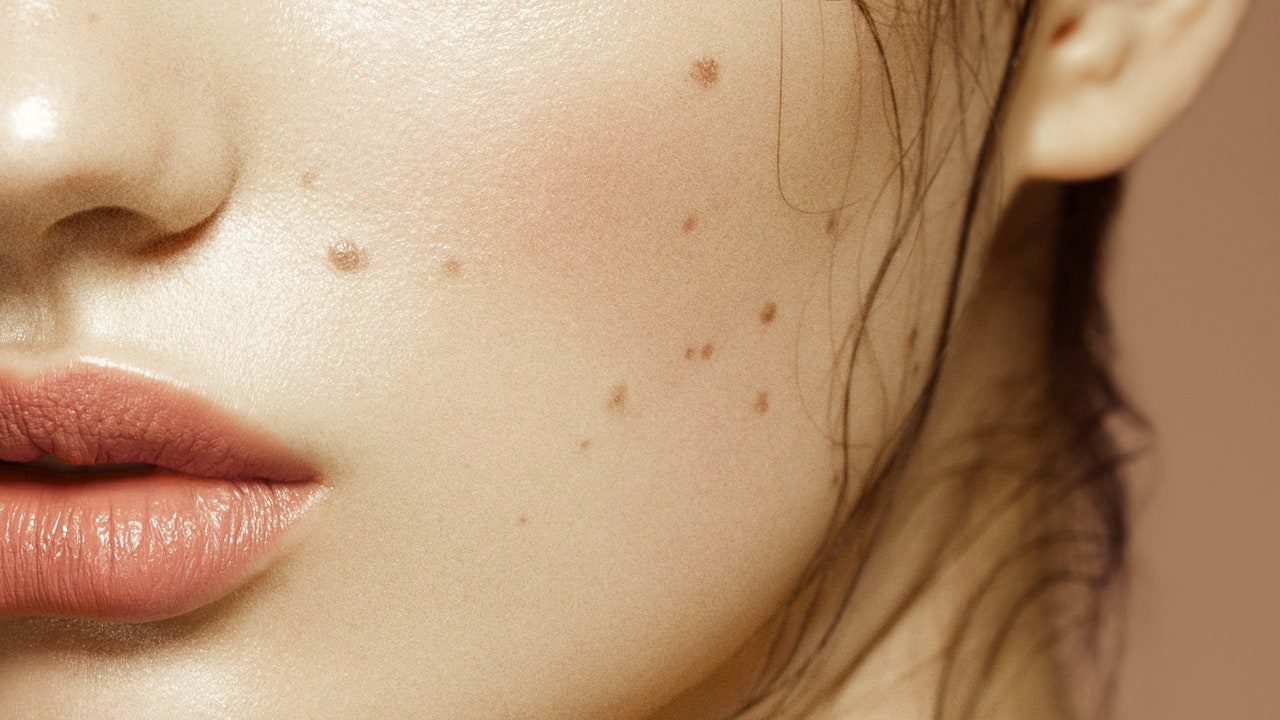Hormones And Your Skin
In the intricate tapestry of human biology, hormones play an astonishingly vital role. These chemical messengers are instrumental in regulating numerous bodily functions, from mood and metabolism to growth and reproduction. Yet, perhaps nowhere is their influence more apparent than in the health and appearance of our skin. This delicate balance between hormones and skin health is a subject that continues to fascinate scientists, dermatologists, and skincare enthusiasts alike.
The Hormonal Symphony Within
Picture this: your skin is like a canvas, a reflection of your inner health and well-being. And the brushstrokes on this canvas are intricately guided by hormones. These biochemical compounds wield considerable power over your skin’s oil production, hydration, pigmentation, and even its propensity for inflammation.
The connection between hormones and skin health is particularly noticeable during periods of hormonal fluctuations, such as adolescence, pregnancy, and menopause. Let’s take a closer look at specific hormones and their impact on the skin.
Androgen and Acne
Androgens, a group of hormones often associated with testosterone and male characteristics, wield a significant influence over the health and appearance of the skin. These powerful chemical messengers are present in both males and females, orchestrating a complex symphony of biological processes within the body.
In the context of the skin, androgens hold a pivotal role in regulating sebum production. Sebaceous glands, scattered across the skin’s surface, produce this oily substance, which is essential for maintaining skin hydration. However, an excess of sebum can lead to clogged pores and acne formation.
During puberty, androgen levels surge, triggering the sebaceous glands to kick into high gear. This surge is why acne is a common companion during adolescence. As androgen levels rise, so does sebum production, leading to a heightened likelihood of clogged pores and subsequent breakouts.
It’s not just adolescence that sees the influence of androgens on the skin. Conditions like polycystic ovary syndrome (PCOS) and hormonal imbalances can result in increased androgen production, contributing to persistent acne in adults.
Estrogen and Collagen Synthesis
Estrogen, renowned for its multifaceted influence on the female body, extends its reach to the skin, where it plays a crucial role in collagen synthesis. Collagen, often dubbed the structural scaffolding of the skin, is responsible for its firmness, elasticity, and youthful appearance.
As estrogen levels ebb and flow throughout a woman’s life, their impact on collagen becomes palpable. During periods of hormonal abundance, such as adolescence and early adulthood, estrogen’s presence encourages robust collagen production. This contributes to the suppleness and radiant glow of youthful skin.
However, as the natural aging process unfolds and estrogen levels decline, a noticeable shift occurs. Reduced estrogen availability translates to decreased collagen synthesis, resulting in skin thinning, sagging, and the formation of wrinkles. Postmenopausal women, who experience a significant drop in estrogen levels, often bear witness to these changes more acutely.
Scientific studies, such as those published in the Journal of Endocrinological Investigation, underscore the intricate dance between estrogen and collagen. These insights encourage the exploration of estrogen-based therapies in the realm of skincare, aiming to restore and maintain collagen’s resilience and vitality, effectively prolonging the skin’s youthful appearance.
Cortisol and Skin Inflammation
Cortisol, the body’s primary stress hormone, conducts a complex interplay between the mind and body, with profound implications for skin health. Known as the “fight or flight” hormone, cortisol’s role extends beyond stress response to impact various physiological processes, including the skin’s condition.
In the context of skin health, chronically elevated cortisol levels can lead to a cascade of effects. Stress-induced cortisol spikes disrupt the skin’s delicate equilibrium, triggering inflammation, impairing its barrier function, and exacerbating conditions such as acne, eczema, and psoriasis. This inflammatory response can also accelerate skin aging, leading to the premature appearance of fine lines, wrinkles, and dullness.
Scientific studies, such as those published in the Journal of Investigative Dermatology and the Journal of the European Academy of Dermatology and Venereology, highlight cortisol’s intricate connection with skin health. Stress management techniques like mindfulness, meditation, and yoga have shown potential in mitigating the negative impact of cortisol on the skin.
Thyroid Hormones and Skin’s Barrier Function
Beyond their pivotal role in regulating metabolism, thyroid hormones, like thyroxine (T4) and triiodothyronine (T3), extend their reach to impact the skin’s health and appearance. In fact, the skin can show noticeable changes when thyroid function is disrupted.
Thyroid hormones play a crucial role in maintaining the skin’s moisture balance and barrier function. When thyroid function is compromised, as in cases of hypothyroidism or hyperthyroidism, these roles come into sharp focus. Hypothyroidism, characterized by low thyroid hormone levels, often results in dry, rough, and scaly skin. The impairment of the skin’s barrier function can lead to increased susceptibility to irritants and infections.
On the other hand, hyperthyroidism, marked by excessive thyroid hormone production, presents a different set of challenges. Skin may become thin and fragile, with increased susceptibility to bruising. Excessive sweating and warmth may also accompany hyperthyroidism, adding to the complexity of its impact on the skin.
Scientific investigations, as documented in the European Journal of Dermatology, emphasize the intricate connection between thyroid hormones and skin health. The skin’s responsiveness to thyroid function highlights the integral relationship between internal hormonal balance and external appearance.
Addressing Hormonal Skincare Challenges
The link between diet and hormonal balance is an intricate one, as the food we consume exerts a profound influence on the delicate balance of hormones within our bodies. Nutritional choices play a pivotal role in supporting or disrupting hormonal equilibrium.
Essential nutrients like vitamins, minerals, and fatty acids act as building blocks for hormone production and regulation. A diet rich in antioxidants, found in colorful fruits and vegetables, can combat oxidative stress and inflammation, promoting hormonal harmony. Omega-3 fatty acids, prevalent in fatty fish, flaxseeds, and walnuts, contribute to balanced hormone production.
Conversely, excessive consumption of refined sugars and highly processed foods can lead to insulin resistance, a condition that disrupts hormone regulation and may contribute to conditions like polycystic ovary syndrome (PCOS).
Furthermore, the gut, often referred to as the “second brain,” plays a crucial role in hormonal balance. A diet that supports gut health through fiber-rich foods, fermented products, and prebiotics can positively influence hormones like insulin and cortisol.
Scientific research, as highlighted in journals like the Journal of the American Academy of Dermatology and the Journal of Clinical Endocrinology & Metabolism, underscores the intricate interplay between diet and hormonal balance. By choosing whole, nutrient-dense foods and maintaining a balanced diet, we can empower our bodies to maintain optimal hormonal equilibrium and support overall well-being.
Science-Backed Supplements for Radiant Complexion
In the pursuit of vibrant skin, science sheds light on a spectrum of supplements that hold promise for enhancing skin health. These bioactive compounds, when taken wisely, can complement a wholesome diet and skincare routine.
- Vitamin C: Renowned for its antioxidant prowess, vitamin C is a stalwart defender against oxidative stress, promoting collagen synthesis and skin radiance. A study published in the Journal of Clinical and Aesthetic Dermatology highlights its potential to counteract photodamage.
- Vitamin E: Another potent antioxidant, vitamin E, works in harmony with vitamin C to shield the skin from free radicals. A study in the Journal of the American Academy of Dermatology suggests its efficacy in minimizing the detrimental effects of UV exposure.
- Omega-3 Fatty Acids: Derived from sources like fish oil, omega-3 fatty acids exhibit anti-inflammatory properties that soothe the skin and enhance its barrier function. Research in the Journal of Lipid Research demonstrates their potential in mitigating inflammatory skin conditions.
- Zinc: This essential mineral plays a vital role in skin health, supporting wound healing and regulating oil production. A study in the Journal of Drugs in Dermatology explores zinc’s efficacy in treating acne, underscoring its potential as a skin-enhancing supplement.
- Collagen Peptides: As a building block of skin structure, collagen peptides have garnered attention for their potential in promoting skin elasticity and hydration. A study published in the Journal of Cosmetic Dermatology outlines their positive impact on skin aging.
- Probiotics: Gut health and skin health share an intricate connection. Probiotic supplements, as detailed in the Journal of Dermatological Science, hold promise in managing skin conditions through their potential to modulate gut flora and inflammation.
These science-backed supplements, when integrated thoughtfully into a holistic approach, have the potential to elevate skin health. Be sure to consult a healthcare professional before introducing supplements into your regimen to ensure personalized suitability and dosing.
Herbal Remedies for Hormonal Skin Issues
While the domain of hormonal skin health often leads us toward pharmacological interventions, the realm of herbal remedies offers a natural approach. These remedies, grounded in centuries-old wisdom, have gained renewed attention for their potential to complement modern skincare practices.
- Tea Tree Oil: With its antimicrobial properties, tea tree oil has emerged as a promising agent in acne management. A study in the Indian Journal of Dermatology, Venereology, and Leprology highlights its efficacy in reducing acne lesions.
- Saw Palmetto: Derived from the berries of the saw palmetto plant, this herbal remedy has demonstrated anti-androgenic effects. A randomized trial published in the Journal of Cutaneous Medicine and Surgery suggests its potential in addressing androgen-related skin issues.
- Licorice Root: Renowned for its anti-inflammatory properties, licorice root extract has shown promise in reducing skin redness and inflammation. Research in the Journal of Clinical and Aesthetic Dermatology explores its potential in treating various skin conditions.
Lifestyle Approaches for Addressing Hormonal Skin
Adopting a holistic approach of recognizing that your skin’s condition often reflects the underlying imbalances within underscores the importance of addressing overall well-being. Each individual’s hormonal profile is unique, necessitating a personalized approach to skincare. A personalized skincare routine can do wonders in maintaining skin health. Products containing salicylic acid can be beneficial for acne-prone skin. For mature skin, products containing retinoids have been extensively studied for their collagen-boosting effects. Chronic stress can lead to hormonal imbalances, which may manifest on the skin. Incorporating stress-reduction techniques like yoga, meditation, and deep breathing can indirectly promote skin health. Hormonal changes influence skin over time and addressing skin concerns requires consistent efforts and patience. A consistent skincare routine coupled with lifestyle adjustments can yield gradual but lasting improvements.
Final Thoughts
The intricate interplay between hormones and skin health is a reminder of our body’s remarkable complexity. As we journey through life, our skin reflects the stories written by our hormones. By nurturing our skin with a balanced diet, supplements, and a mindful skincare regimen, we can empower ourselves to navigate the twists and turns of hormonal changes while maintaining a radiant complexion. While scientific research sheds light on the hormonal impact on skin, each individual’s experience is unique. Listening to your body and seeking professional guidance when needed will undoubtedly pave the way for healthier, happier skin—imbued with the wisdom of hormones and the care it deserves.



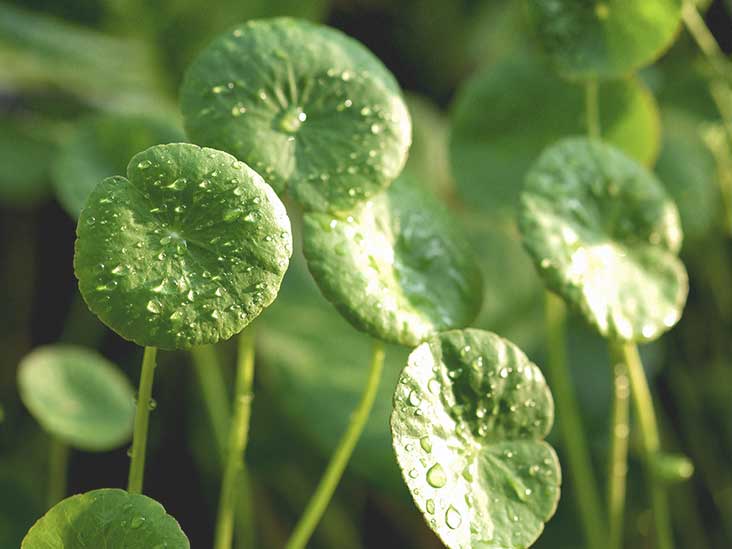
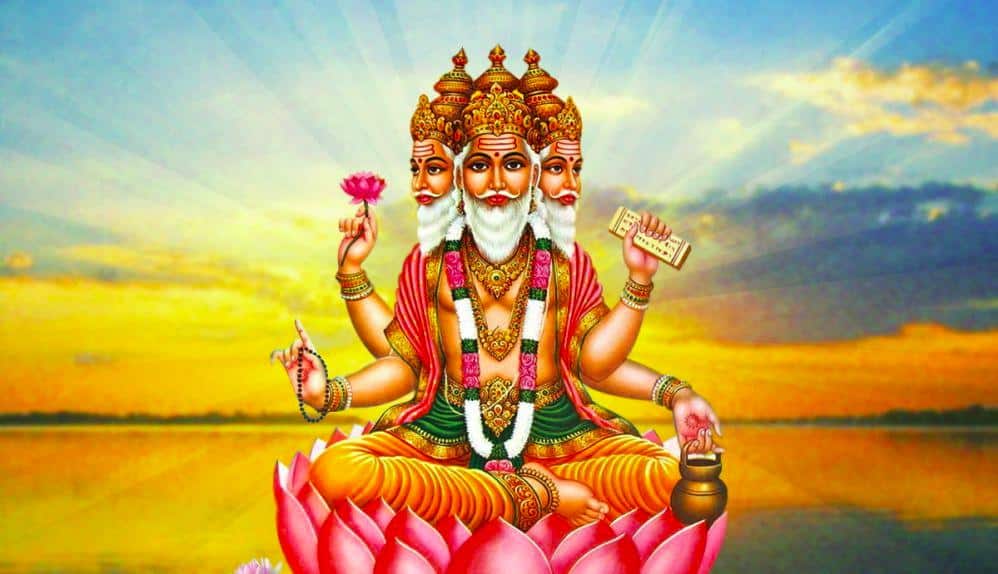

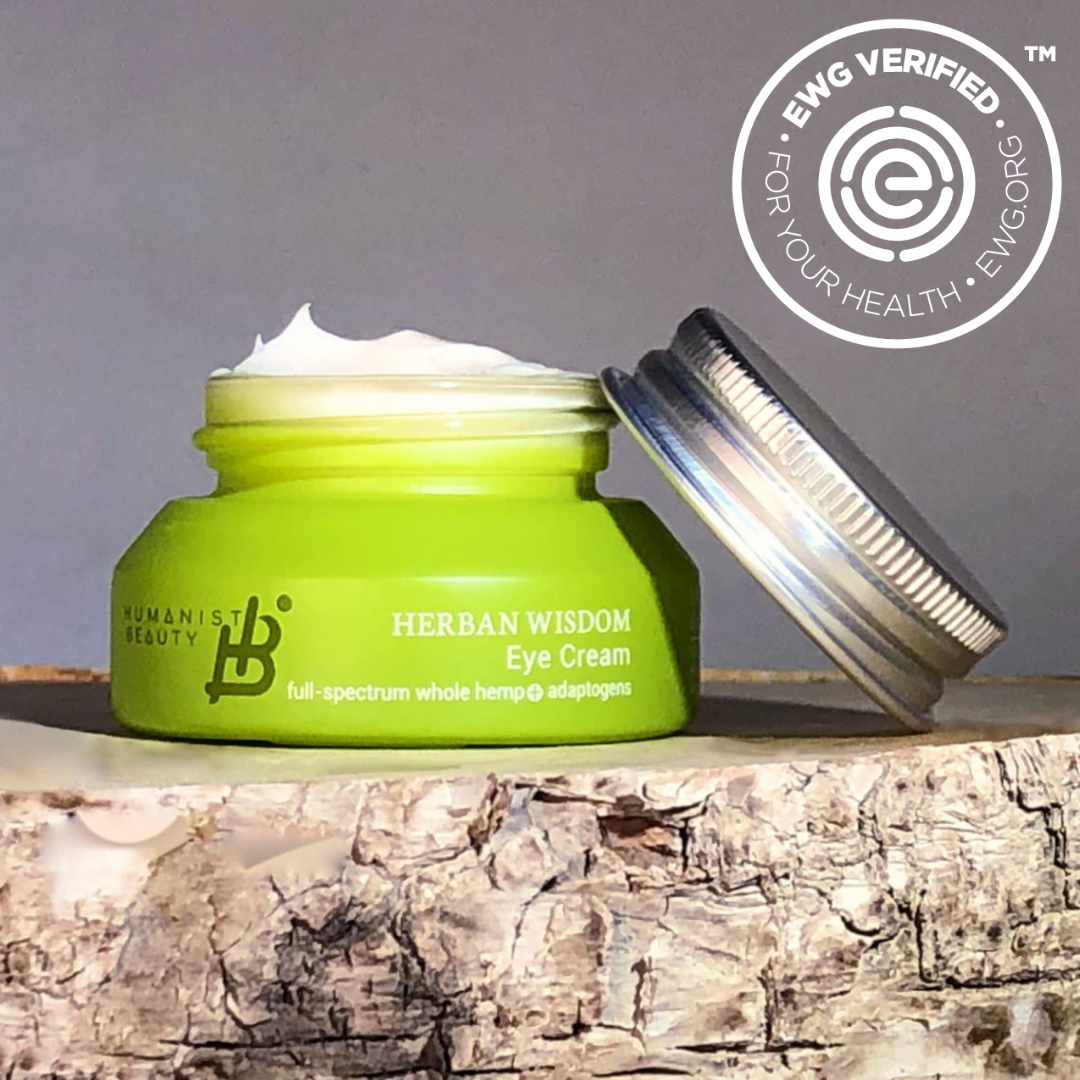
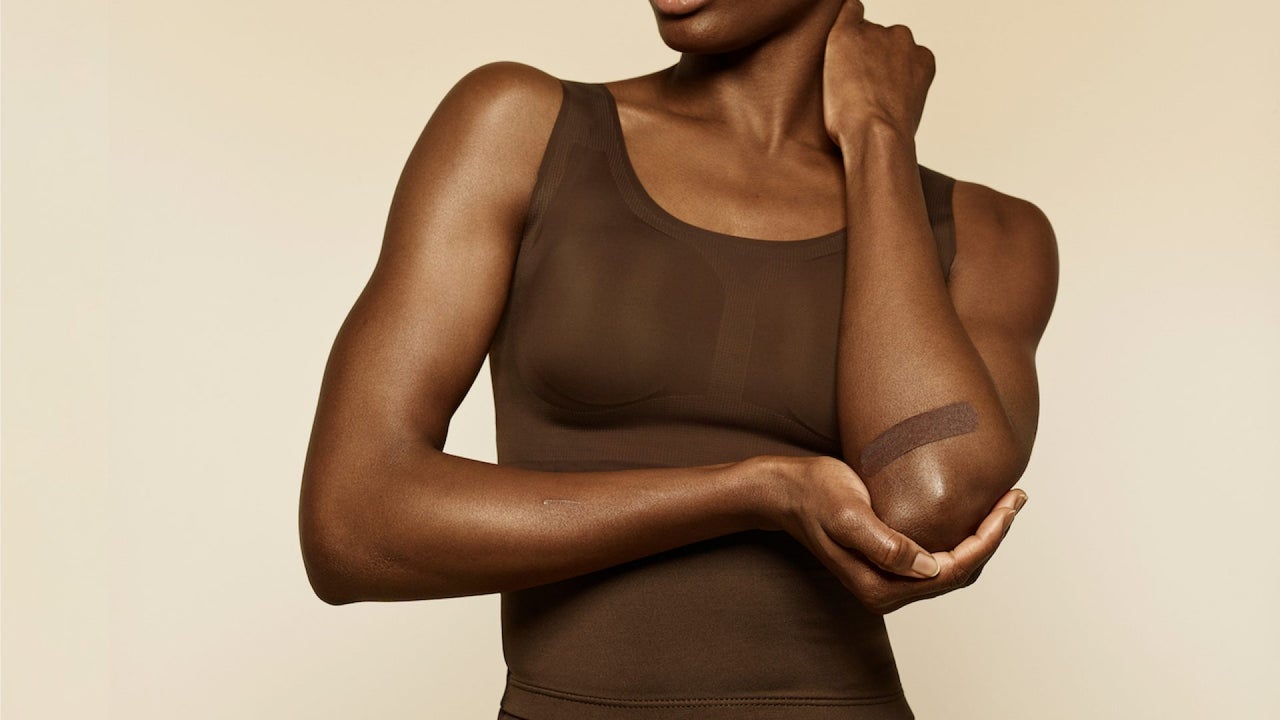



 Tamanu Seed Oil, Frankincense Oil, and Avocado Oil are integrated into the Humanist Beauty Herban Wisdom® Facial Oil for an array of exceptional skin-wellness benefits, including their ability to help your skin heal and repair itself.
Tamanu Seed Oil, Frankincense Oil, and Avocado Oil are integrated into the Humanist Beauty Herban Wisdom® Facial Oil for an array of exceptional skin-wellness benefits, including their ability to help your skin heal and repair itself.